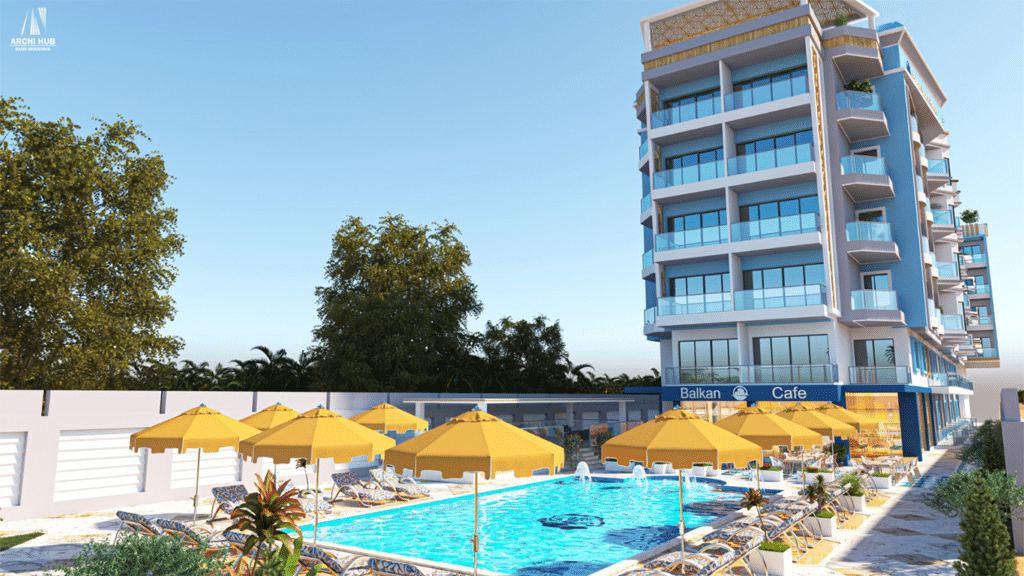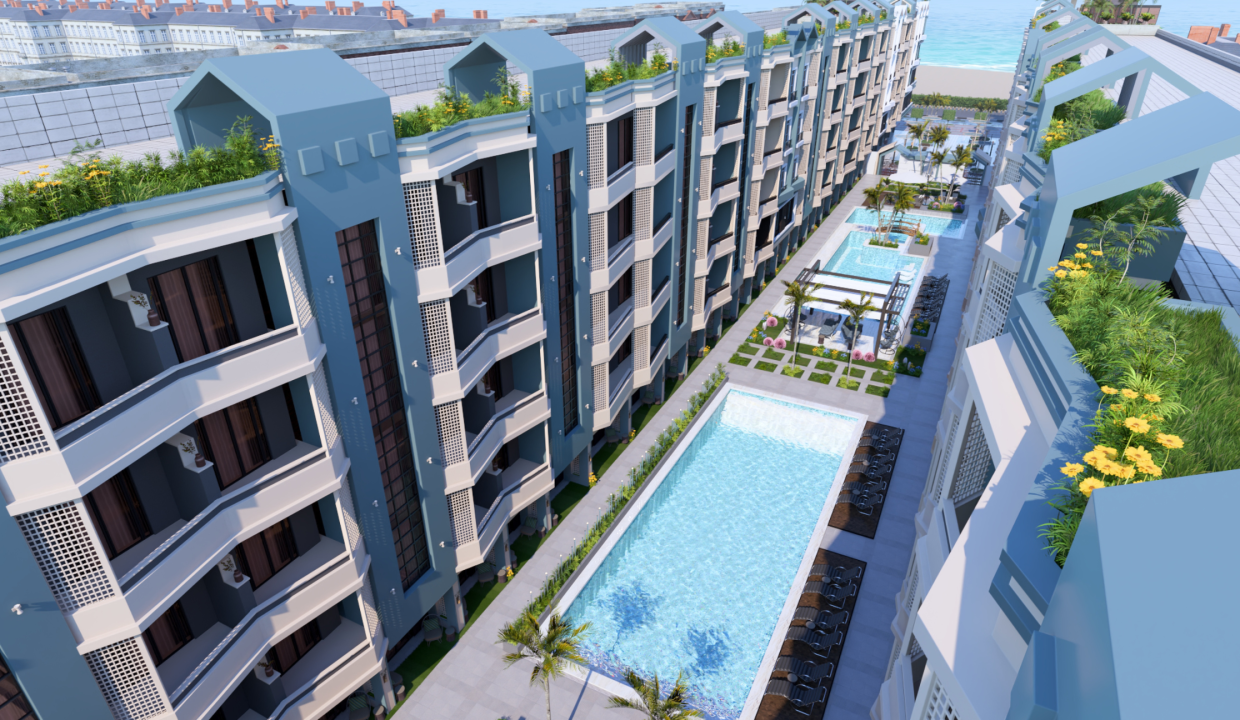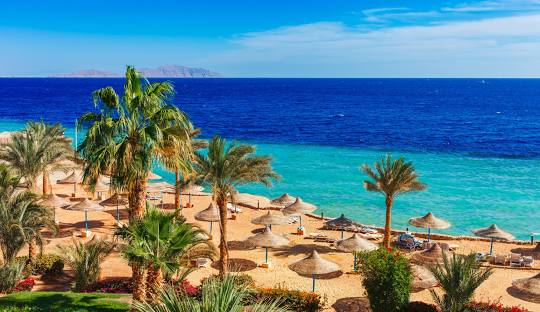Balkan Countries: A Brief Guide
The Balkans are a fascinating region of Europe, rich in history, culture, and natural beauty. But what exactly are the Balkan countries, and what makes them unique? In this blog post, we will explore the Balkan Peninsula’s geography, diversity, and attractions and give you some tips on planning your next trip there.

What are the Balkan Countries?
The term “Balkans” comes from the Turkish word “Balkan,” meaning “a chain of wooded mountains” The Balkan Peninsula is a geographical area in southeastern Europe, bordered by the Adriatic Sea, the Ionian Sea, the Aegean Sea, the Black Sea, and the Turkish straits
There is no universal agreement on which countries belong to the Balkans, as different definitions may be based on historical, political, cultural, or linguistic criteria. However, most sources agree that the following 11 countries are part of the region:
- Albania
- Bosnia and Herzegovina
- Bulgaria
- Croatia
- Greece
- Kosovo
- Montenegro
- North Macedonia
- Romania
- Serbia
- Slovenia
Some countries are entirely within the peninsula, while others have only a part of their territory there. For example, Croatia has a long coastline along the Adriatic Sea, but most of its landmass is outside the Balkans. Similarly, Romania has a significant portion of its land in the Danube basin, which is not considered part of the peninsula.
Some sources may include other countries with historical or cultural ties to the region, such as Moldova, Turkey, or Italy. However, these countries are generally excluded from the geographical definition of the Balkans.
What Makes the Balkans Unique?
The Balkans are a diverse and complex region with a long and turbulent history. Various civilizations and empires, such as the Greeks, Romans, Byzantines, Ottomans, Austro-Hungarians, and Russians, have influenced the region over the centuries. As a result, the Balkans have a rich and varied cultural heritage, with many languages, religions, ethnicities, and traditions coexisting in a relatively small area.
The Balkans are also known for their natural beauty and scenic landscapes. The region boasts some of Europe’s most stunning mountains, lakes, rivers, forests, and islands. The Balkans are home to several national parks and biosphere reserves that protect the biodiversity and ecosystems of the region. Some of the most notable natural attractions in the Balkans are:
- The Plitvice Lakes National Park in Croatia is a UNESCO World Heritage Site with 16 turquoise lakes connected by waterfalls and lush forests.
- The Meteora Monasteries in Greece is a UNESCO World Heritage Site comprising six medieval monasteries perched on towering rock formations.
- The Tara River Canyon in Montenegro is one of Europe’s most profound and longest canyons and a UNESCO Biosphere Reserve that offers spectacular views and opportunities for rafting and hiking.
- The Rila Monastery in Bulgaria is a UNESCO World Heritage Site that is one of the most important cultural and religious centers of the Bulgarian Orthodox Church and a masterpiece of architecture and art.
- The Ohrid Lake in North Macedonia and Albania is a UNESCO World Heritage Site, one of Europe’s oldest and deepest lakes, and a hotspot for biodiversity and cultural heritage.
How to Travel to the Balkans?
The Balkans are an ideal destination for adventure, culture, and nature travelers. The region offers something for everyone: from ancient ruins and medieval castles to vibrant cities and charming villages, from sunny beaches and islands to snowy peaks and glaciers, from delicious cuisine and wine to lively music and festivals.
Traveling to the Balkans is relatively easy and affordable compared to other parts of Europe. Many regional international airports connect with major European hubs and some intercontinental destinations. Several low-cost airlines operate in the area and offer cheap flights between cities.
Another option is to travel by train or bus, which can be more scenic and comfortable than flying. Several rail networks connect different regional countries, such as Interrail or Eurail. Many bus companies offer regular services between other cities and towns.
One of the best ways to explore the Balkans is by car or motorcycle, which gives you more flexibility and freedom to discover hidden gems and off-the-beaten-path places. However, driving in the Balkans can also be challenging due to poor road conditions, traffic congestion, border crossings, tolls, parking fees, etc. Therefore, planning your route carefully, checking the local driving regulations, and having a valid international driving license and insurance is advisable.
Conclusion
The Balkans are a region of Europe that deserves more attention and appreciation from travelers. The area offers a unique blend of history, culture, and nature that is hard to find elsewhere. The Balkans is where you can experience the best of Europe in one trip: ancient civilizations, diverse cultures, stunning landscapes, and friendly people. If you are looking for a destination that will surprise, inspire, and challenge you, then the Balkans are for you.
Check out our new project.
Balkan Beach Resort





